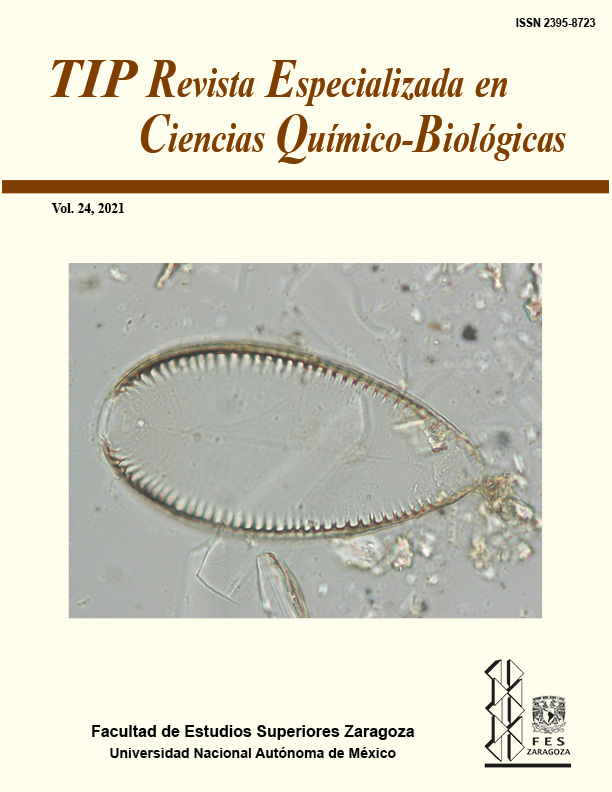Abstract
Objective: To validate the use of the 13C-glucose breath test to assess nutritional treatment adherence. Methods: A pilot study was conducted on eleven adults. A snack made of soybean/corn-starch was enriched with U-13C-glucose. The participants were divided in three groups that consumed the snack in different periods for two weeks (A=14 days, B=10 days and C=6 days). Breath samples were collected daily to analyse the δ13C values with isotope-ratio mass spectrometry. Results: AUC (area under the curve) median of δ13C values of group A was higher than group C (p = 0.029); differences were found when combining groups, A and B medians, comparing them with group C (p = 0.038). A negative association was found between AUC δ13C values and treatment intensity (Spearman rho = -0.708; p = 0.015). A cut-off ≤ 3.78 identifies subjects with less than 70% accomplishment of the treatment with 100% specificity and 86% sensitivity. Conclusions: The 13C-glucose breath test suggests a good diagnostic performance to assess treatment adherence.
TIP Magazine Specialized in Chemical-Biological Sciences, distributed under Creative Commons License: Attribution + Noncommercial + NoDerivatives 4.0 International.



